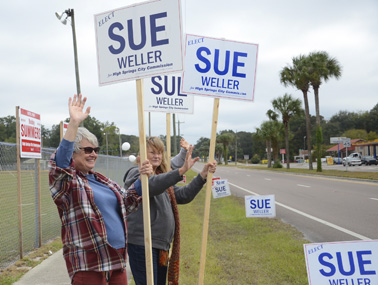ALACHUA – The Gainesville Renewable Energy Center (GREC) struck down the City of Gainesville’s proposal to buy the GREC biomass plant for $400 million on Thursday, Nov. 7
The City of Gainesville exercised their contractual right to make an offer first. The city offered $400 million dollars for the plant on Oct. 22. On Nov. 7, GREC officials responded, stating that they would not accept Gainesville’s offer.
The GREC biomass plant will now have a year to search for a buyer that meets their preferred price.
According to a provision in the contract that was signed between Gainesville and GREC in 2009, if the plant were to be sold, Gainesville would be given the right to make an offer, provide 30 days of consideration, and if they chose not to sell to Gainesville, the plant would be sold for more than what Gainesville offered.
The biomass plant and the Gainesville City Commission could not agree on a price because the owners of GREC felt the plant was worth much more than what was offered, said chief financial officer of the GREC plant, Albert Morales.
However, Morales said that the price for the plant was not determined by any specific set of standards.
“The city commission authorized an offer of $400 million with conditions,” said City Commissioner Randy Wells. “Those conditions were intended to protect the utility and the rate-payers from any unforeseen risks coming from buying the plant, as opposed to contracting the power.”
Some of those risks include the plant not operating as designed or not meeting all the permitting and legal requirements. These risks were included in the purchase offer so that the city would make up for the upkeep of the plant, Wells said.
The lead negotiator of the GREC biomass plant came back to the city commission on Nov. 7 and told them GREC was worth hundreds of millions dollars more than the offer Gainesville gave, Wells said.
If the plant is not bought within the next year, the City of Gainesville will be able to put in another bid and the entire process would restart itself, Morales said.
“As a commissioner who voted to make an offer, I clearly believe that with all the evidence available is that a purchase at the right price and right conditions would offer a great deal of value to our customers,” Wells said.
While GREC looks for buyers, residents of the Turkey Creek neighborhood in Alachua are still unhappy with the plant.
Turkey Creek residents are still coming to Alachua City Commission meetings to voice their concerns about the loud noise the plant generates, as well as the dust and odor coming from GREC.
GREC hopes to install noise-dampening panels to help with the problem, aiming for a December completion date.
Russ Pisano, Turkey Creek resident, said the plant should be shut down completely until they resolve the issue.
Various local officials are getting complaints from affected residents through email.
“How is someone expected to cope with such constant stress?” wrote resident Greg Williamson to the Alachua County Commission.
# # #
Email eotero@
alachuatoday.com
Add a comment



